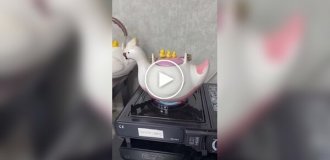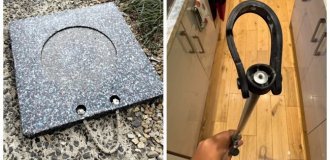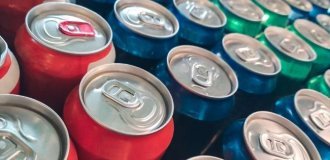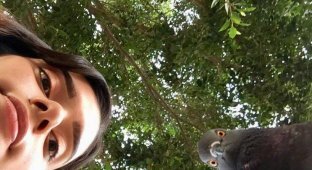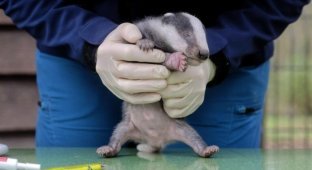Balearic goat - a strange extinct animal from distant islands (7 photos)
In the usual sense, goats are quite cute creatures. Outwardly, if you do not take into account the stubborn character. 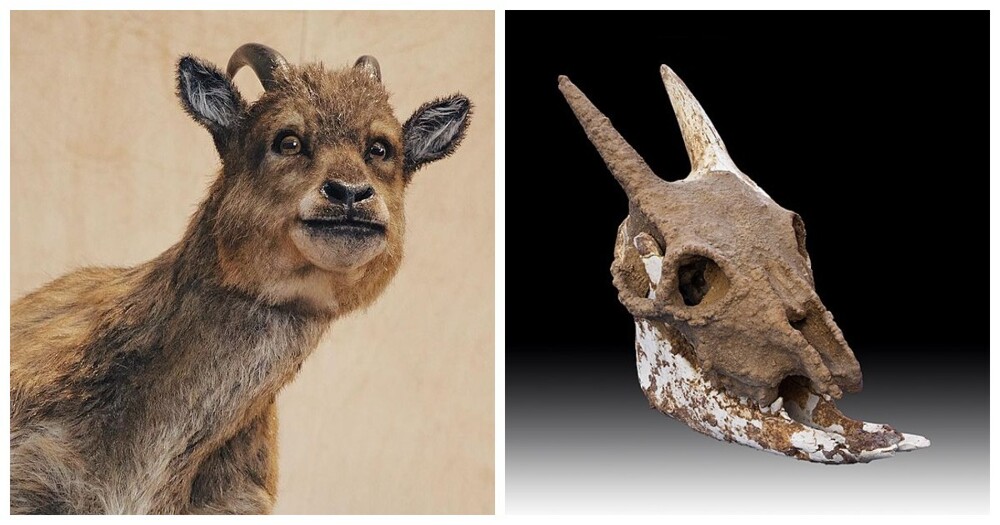
But this miracle of nature called the Balearic goat (Myotragus balearicus) would surprise not only ordinary people, but also zoologists. 
A representative of the subfamily Caprinae inhabited the islands of Mallorca and Menorca before its extinction 5 thousand years ago. The animals probably came here after the so-called Messinian salinity crisis, when the Mediterranean Sea practically disappeared from the face of the earth and dried up. When the water level was restored, the animals were no longer able to return. We stayed on a small piece of land and adapted. 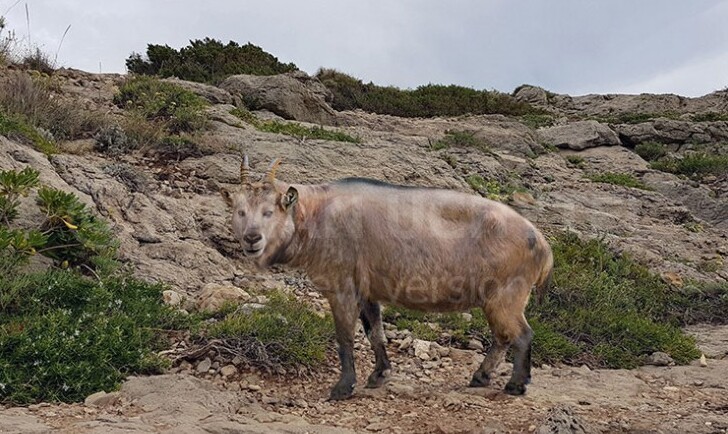
In the course of evolution, the appearance of representatives of the Myotragus genus has changed very, very much. Goats have become like fancy animals that are made from children's cubes with pictures. 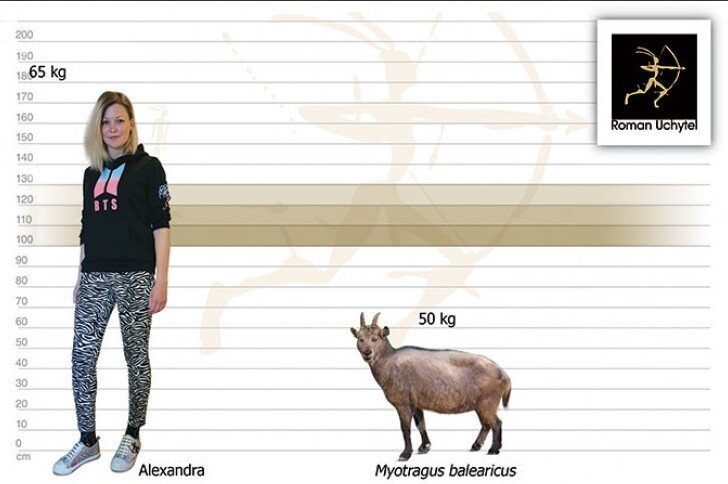
And if scientists explained some changes by the need to adapt, then no explanation was found for others. Limited food resources forced the goats to decrease in size, but expand in their sides, and the result was these plump barrels weighing around 50-70 kg.
The ungulate population replaced speed and resourcefulness with stability and the ability to stand firmly on their significantly shortened legs. There were four toes left on the hooves, and only two of them were used for walking.
The Balearic goat has also grown a small but pronounced hump. Presumably, to store nutrient reserves, like camels. But the animals had one more trick. There is a hypothesis that the Balearians were relatively cold-blooded compared to other ungulates. This feature has not been recorded in any other mammal. 
Bone histology demonstrates lamellar-zonal tissue throughout the cortex, which is characteristic of ectothermic reptiles. Bone growth in goats is unlike any other mammal and is similar to that of crocodiles in that it occurs slowly and adaptively, stopping periodically, and reaching somatic maturity at approximately 12 years of age. This growth pattern indicates that Myotragus, like modern reptiles, adapted its metabolism to changes in food and water availability and environmental temperature.
The icing on the cake was two constantly growing incisors in addition to the standard chewing teeth, which is characteristic of rodents, but not ruminants. 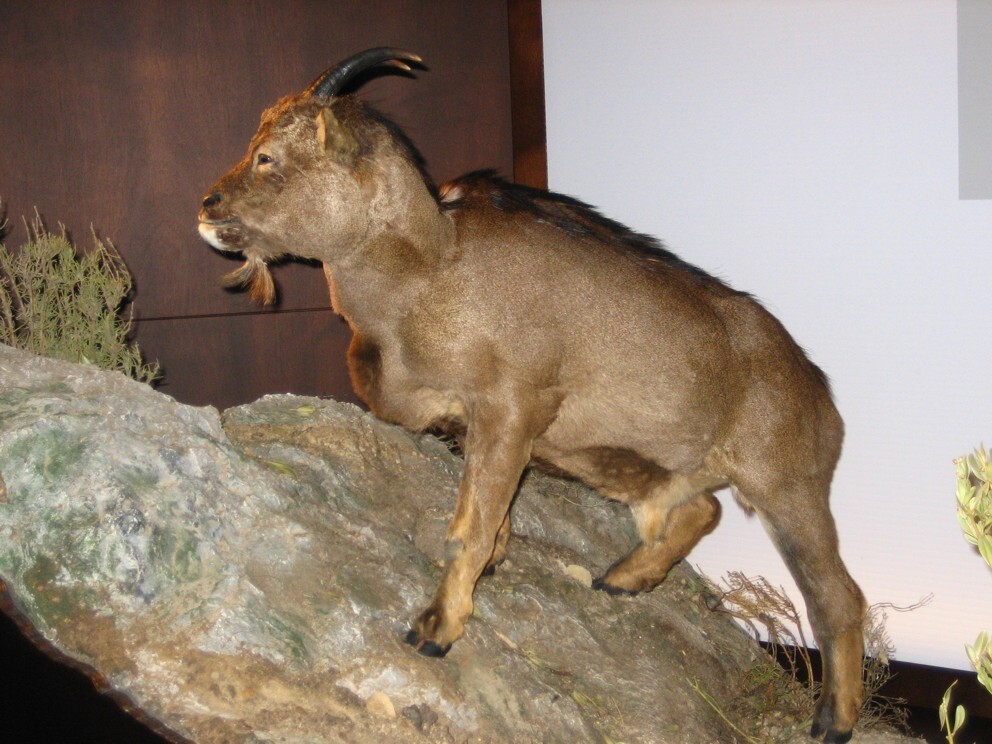
And finally, the most striking feature was binocular vision. The ability to form a single image from the images of two eyes was made possible by their location. The eyes were on the front of the head, like in primates and almost all carnivores, and not on the sides, like in herbivorous mammals. 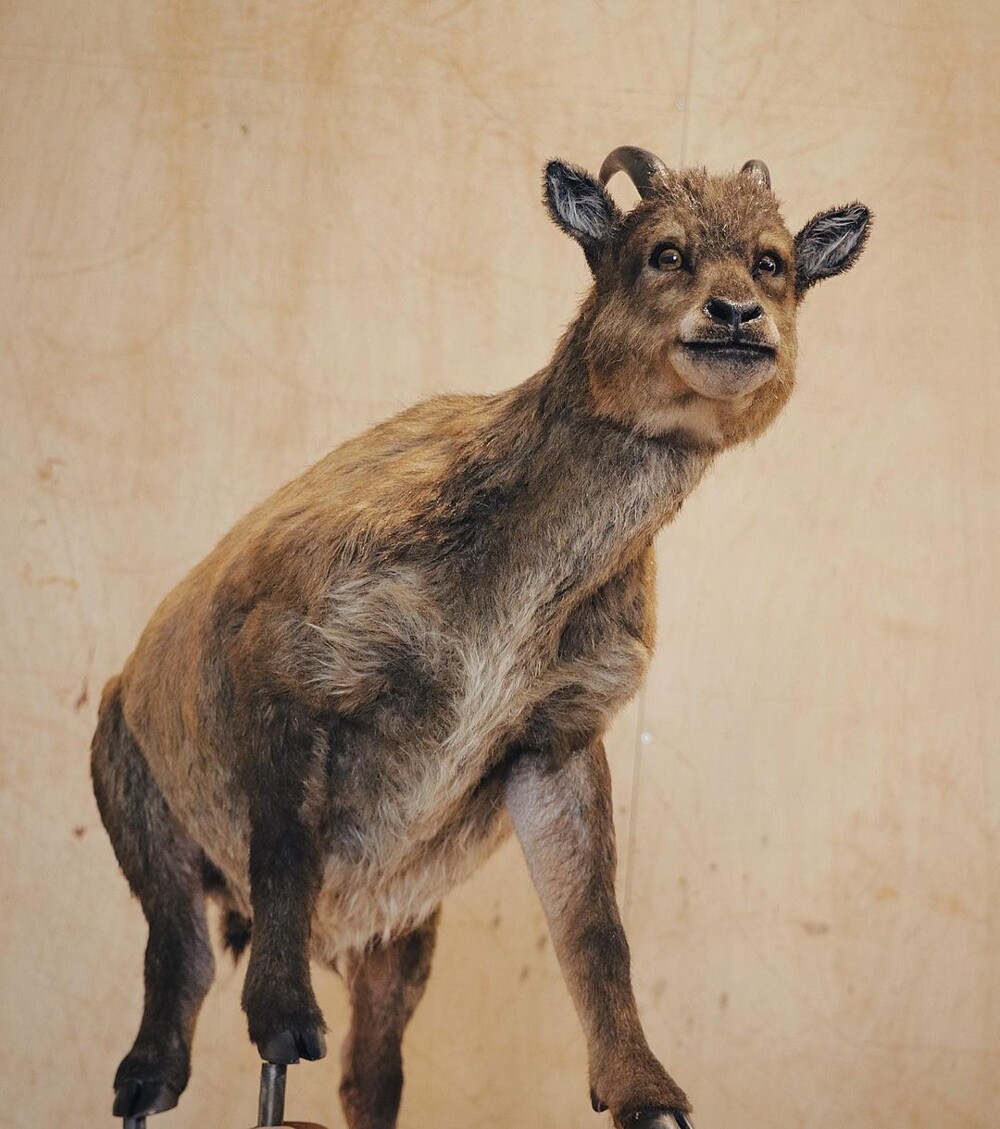
Animal reconstruction
Balearic goats have adapted to poor food and difficult conditions. But when people appeared on the islands, they quickly destroyed the rather clumsy poor creatures. Perhaps because of the delicious meat. But maybe also because of the strange appearance with the devilry.
